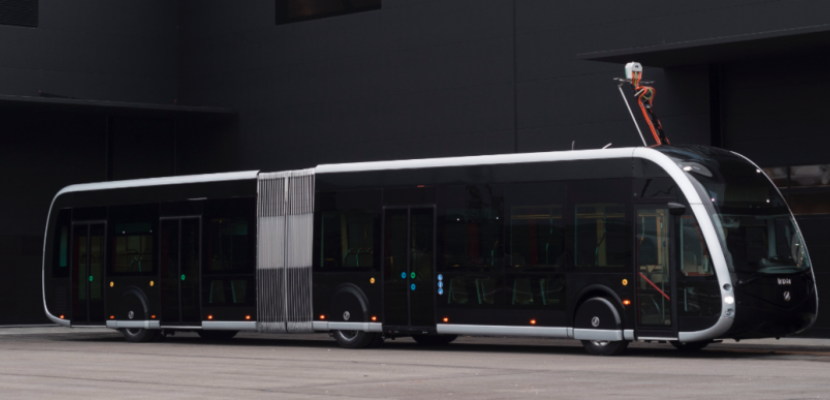
“Nemo” the electric bus and the adaptation of its operating system

About this good practice
Named Nemo, in honour of Jules Verne, the new buses connect the city centre, employment centres, leisure areas and major metropolitan facilities. The 43 electric buses represent the largest acquisition of this type of equipment in Europe. They do not emit any air pollutants and make it possible to reduce noise and vibrations. Nemo will improve the quality of life for travelers and local residents. In 2019, the four Nemo entered into the Amiens’ public transport arena with their package of comfort, increased frequency and shortened journey times. Three of them, are 100% electric. That means they have no ecological impact during operation, with no CO2 or particle emissions. This is the most ambitious E-mobility project at European level. One of its main features is rapid charging. At night, the buses will be recharged at the depot. Knowing that the range is around 45 kilometers (two return trips), the solution during the day is provided at the six terminals, each with a rapid charging station. Buses simply have to lift their pantographs to connect to the charging system, which takes five minutes to be ready to leave. Main beneficiaries are Amiens’ citizens. Bright and silent, is a clear improvement. Traveler information has been revised, as well as the stations, to improve waiting comfort and journey times for greater efficiency. One of its objectives is to make the passenger journey fluid by opening up new distribution channels and new functions such as post-payment.
Resources needed
Breakdown of the project cost 122,7 M€
- Infrastructures 56M€
- Rolling equipment 31M€
- Systems 4,3 M€
- Assessments / Adjustments 5,6 M€
- New bus depot 19,8M€
- Studies and consultancy assignments 6M€
Evidence of success
There are no indicators obtained yet, however, it is obvious that these electric buses drastically reduce CO2, an estimation of 3,600 tonnes of CO2 that will be avoided each year.
In addition, it's will improve the quality of life of the passengers and local residents, these new vehicles, comfortable and attractive, will offer new possibilities: contactless ticketing to pay for your transport ticket, on-board wifi, and usb plugs, etc.
Potential for learning or transfer
Investing in energy transition can only be a good way to reduce CO2 emissions, but this investment is still an expensive choice for local authorities. It requires the contribution of comparative elements to help elected officials choose a technical solution in view of its comparative advantages. However, it is often very difficult to establish a conclusive comparative analysis because the costs over the lifetime of the vehicle are still difficult to establish given the emerging nature of these solutions, and because the environmental benefits are often open to debate as soon as the question of electrical energy production, for example, or battery recycling is raised.
Further information
Website
Good practice owner
You can contact the good practice owner below for more detailed information.
Amiens Métropole

